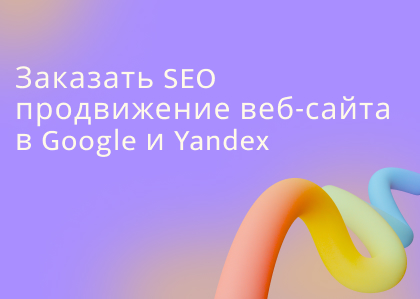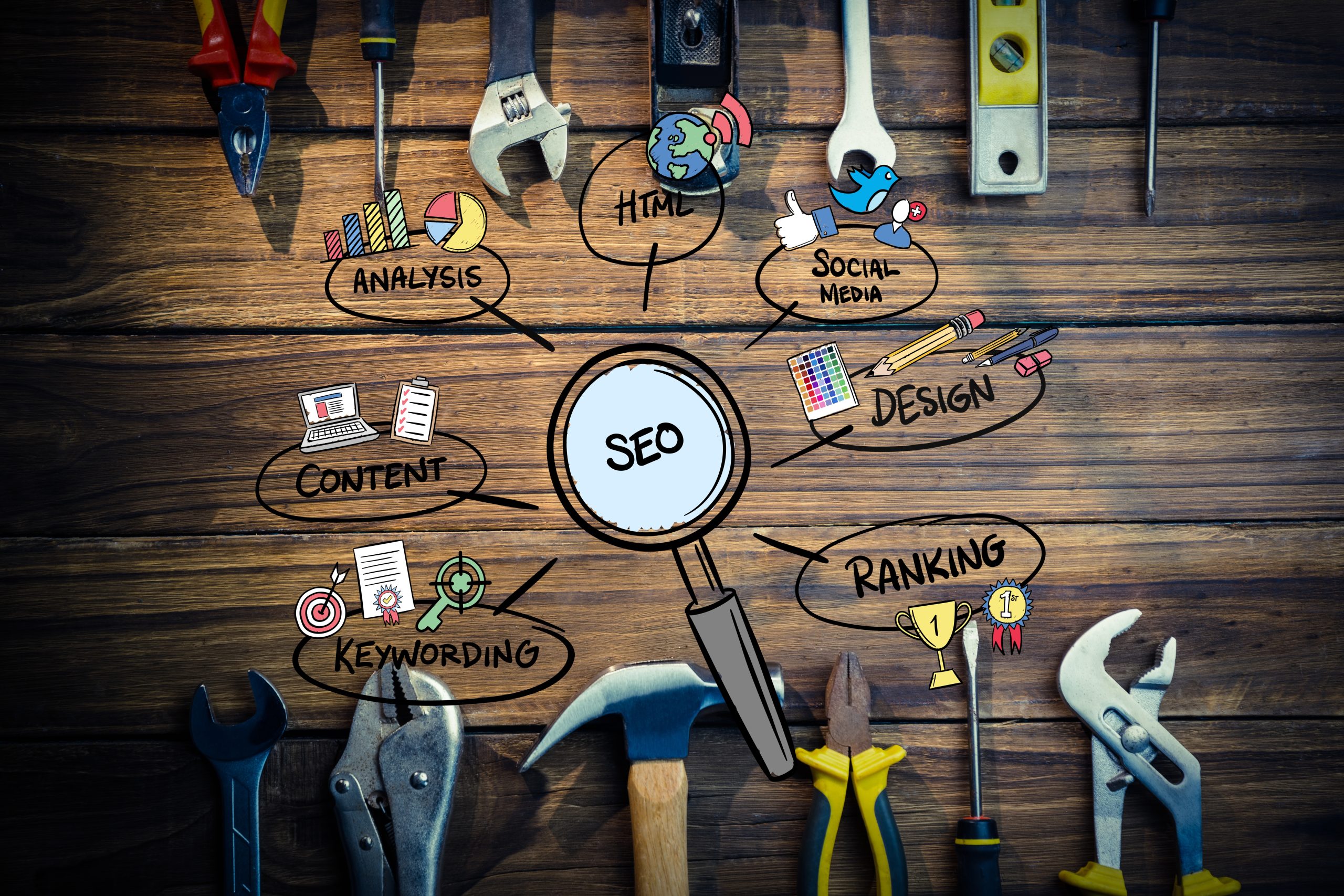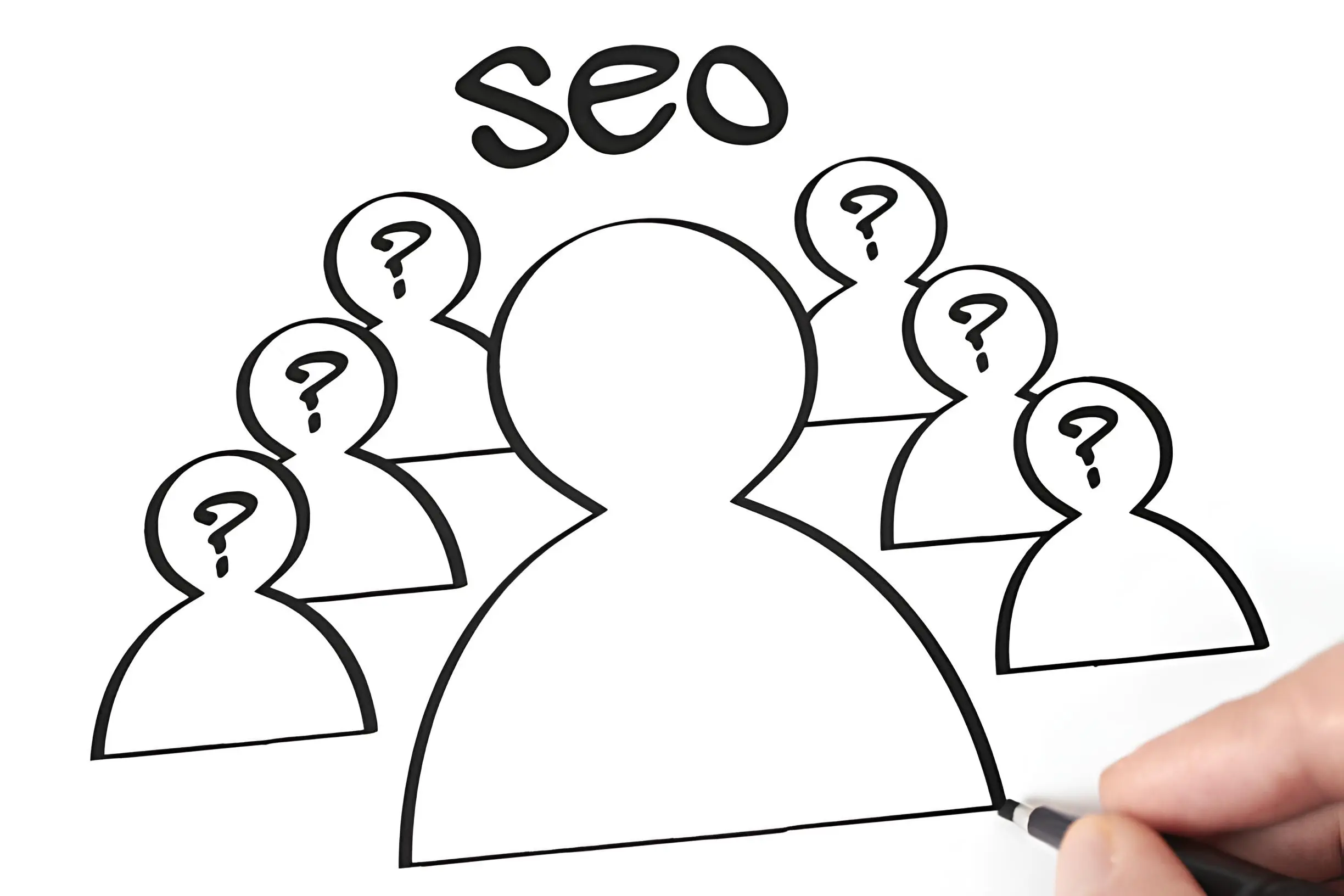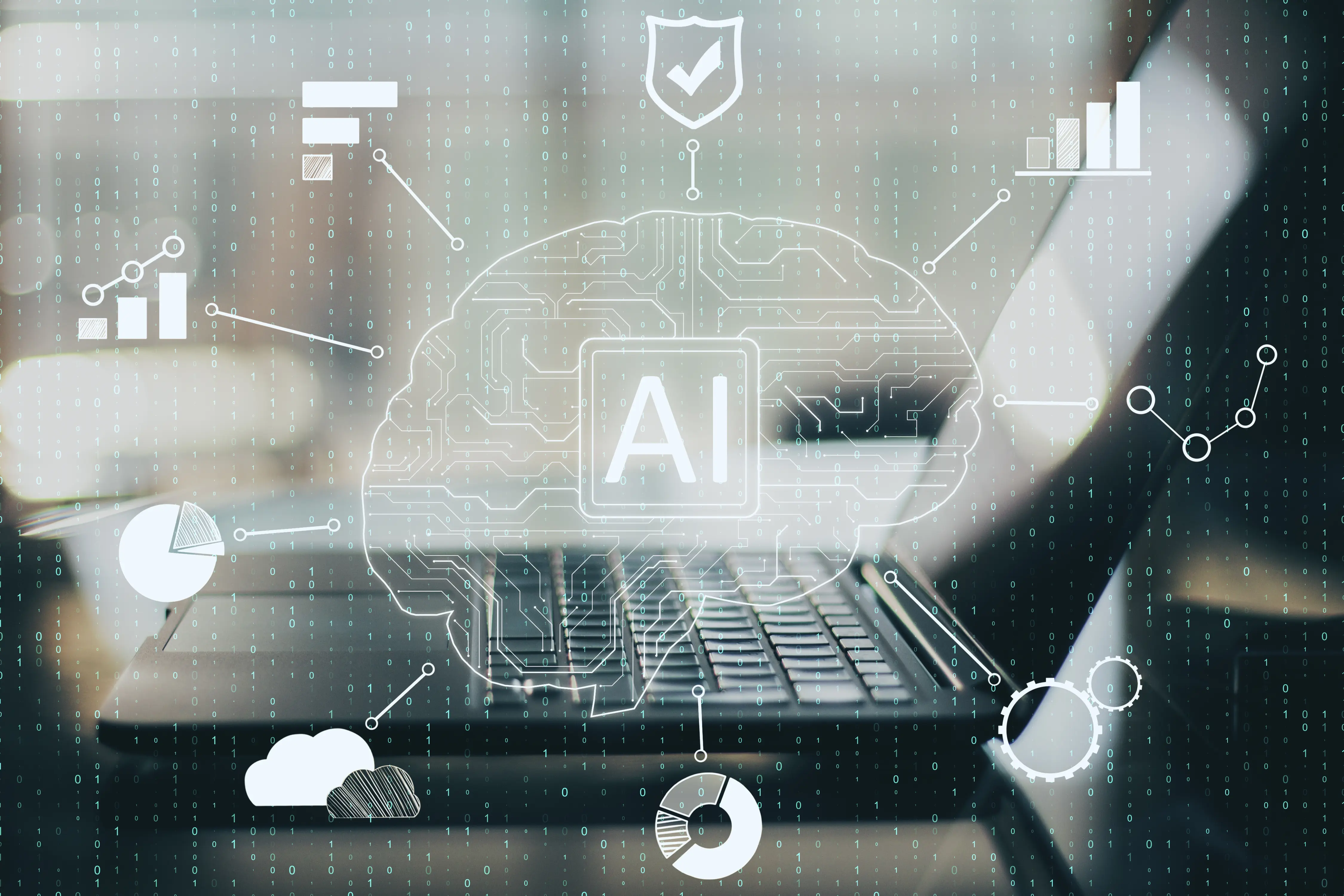Annotation
2025 was a turning point for the entire SEO industry. Google completely overhauled its search architecture, implemented Gemini artificial intelligence, integrated neural network models into the Core Update, and began the widespread implementation of AI Overviews—smart summaries that generate concise answers directly in search results. Classic SEO no longer operated according to the old rules—the era of GEO (Generative Engine Optimization), where success depends not only on top rankings, but also on whether Google's artificial intelligence cites your content.

1. Overview of Google's key updates for 2025
March Core Update: Focusing on Experience and Expertise
On March 13, 2025, Google launched a major core update. The algorithm learned to understand the context of phrases, evaluate the author's expertise, and analyze user behavior.
The main idea is that content must be created by people for people, and not assembled from AI blanks.
Main changes:
— The weight of EEAT factors (experience, expertise, authority, trust) has been increased.
— The algorithm tracks depth of involvement: how much time the user spends on the page, whether they interact with the content.
— Sites that publish generated texts without human editing have been demoted.
— Increased importance of internal linking and data structure.
Example:
Blogs publishing analytical reviews and real-world case studies increased their rankings by 35-40% in the two months following the update. Meanwhile, aggregators with thin content lost up to 50% of their traffic.
June Core Update: Content Cleanup
In June 2025, Google released an additional update aimed at improving the results of the March changes.
The main task is to eliminate “thin” pages and sites with duplicate content.
New signals:
— The indicator has been introduced Engagement Score — combines time spent on the site, clicks, and scrolls.
— Updated intent analysis — Google now more accurately distinguishes whether a user wants to buy, learn, or find.
— Improved multimedia content recognition: videos and infographics increase trust.
Who won: expert blogs, online schools, corporate magazines.
Who lost: stores without descriptions, copy sites, catalogs without unique texts.
Spam Update (August 2025): Fighting Subtle Spam
In August, Google rolled out a new spam algorithm. It now analyzes not only text but also user behavior.
If a person leaves a page within 10 seconds, the content receives a "low value signal."
Those hit were:
— Automatically generated pages.
— Redundant keywords (density > 4 %).
— Mass external links without context.
— Duplicates title and description.
Google emphasized: now Behavioral factors are more important than linksThis means that even powerful backlinks won't help you rank for useless content.
2. Google's Intelligent Technologies - Gemini and AI Overviews
AI Overviews: A Revolution in Search
Since April 2025, Google has been actively rolling out AI Overviews—summaries generated by artificial intelligence.
Now users can get answers to their queries without visiting the website. This is a challenge for website owners: CTR (click-through rate) has decreased by an average of 20%.
How to access AI Overviews:
- Use FAQ and HowTo markup.
- Write short abstracts with facts and figures in the first 500 characters.
- Add author comments and data sources.
- Mention brands and real-life cases—AI values authenticity.
Example:
After optimization for AI Overviews, the Genius.Space website increased citations by 28 % and time on page by 40 %.
Gemini: AI Instead of Regular Search
Google Gemini is a new model that combines text, images, video, and behavioral context.
The algorithm is capable of “understanding” multimedia content, assessing the authenticity of images, and even recognizing emotions in videos.
Why this is important for SEO:
— Google no longer relies on keywords, it analyzes meaning and value.
— In Gemini, data quality is important: JSON-LD markup, author links, transparent sources.
Content without verified facts loses its chances of being included in AI search results.
3. Evolution of EEAT and new requirements for expertise
The EEAT (Experience, Expertise, Authoritativeness, Trustworthiness) algorithms became the basis for ranking.
Google now requires verification of every element: who the author is, where it was published, what sources it uses.
Recommendations:
— Add the author's biography and social media links.
— Place a list of sources below each article.
— Use analytical data and your own observations.
— Update articles at least once a quarter.
Mistakes to avoid:
— anonymous publications;
- general texts without facts;
- an excess of marketing cliches.

4. Ranking signals 2025: what has become more important
| Factor | Weight | Change |
| Usefulness of content | 🟢 Tall | Increased by 20 % |
| Authority of the source | 🟢 Tall | Depends on the mentions |
| Time on page | 🟢 Average | Included in Engagement Score |
| Links | 🟡 Average | Spam control |
| Speed and UX | 🟢 Critical | Affects Core Web Vitals |
| GEO relevance | 🟢 New factor | Takes into account the region of promotion |
Google is actively analyzing local contentFor Uzbekistan, it's important to mention cities—Tashkent, Samarkand, Bukhara—and have both Russian and Uzbek localizations of pages.
5. Real consequences of updates
Winners:
— Wikipedia — +27 % visibility;
— Habr — +18 %;
— educational blogs — +35 %;
— sites with regular updates — +25 %.
Losers:
— marketplaces without descriptions;
— news aggregators;
— pages with AI content without editing;
- duplicate landing pages.
Example:
After the June 2025 Update, Amazon lost 12 % of traffic in info queries, while niche sites (“electronics repair”, “local services”) grew by 20 %.
6. Strategy for adaptation to new algorithms
- Conduct a content audit.
Check the quality of the texts, delete outdated sections, rewrite duplicates. - Strengthen your expertise.
Add information about the author, experience, client cases. - Update the site structure.
Improve navigation, make logical H2 and H3, add interlinking. - Optimize UX.
Speed < 2 sec, adaptability, readability, minimum advertising. - Follow the updates.
Use Search Console and Semrush to monitor volatility.
Work with GEO optimization.
Add regional keywords and metadata for Tashkent and the CIS.
7. Predictions 2026: Where Google is heading
— Artificial intelligence will take up 30 % of search results.
Classic links will give way to AI reviews.
— EEAT will become a mandatory standard.
Without proven expertise, a website will not be visible at the top.
— Video and interactive will become important factors.
Google measures the depth of engagement.
— Micro-updates every 6 weeks will replace major updates.
Optimization must be continuous.
— Generative Output (GEO) will become the new norm.
SEO specialists will compete not for positions, but for citations in AI.
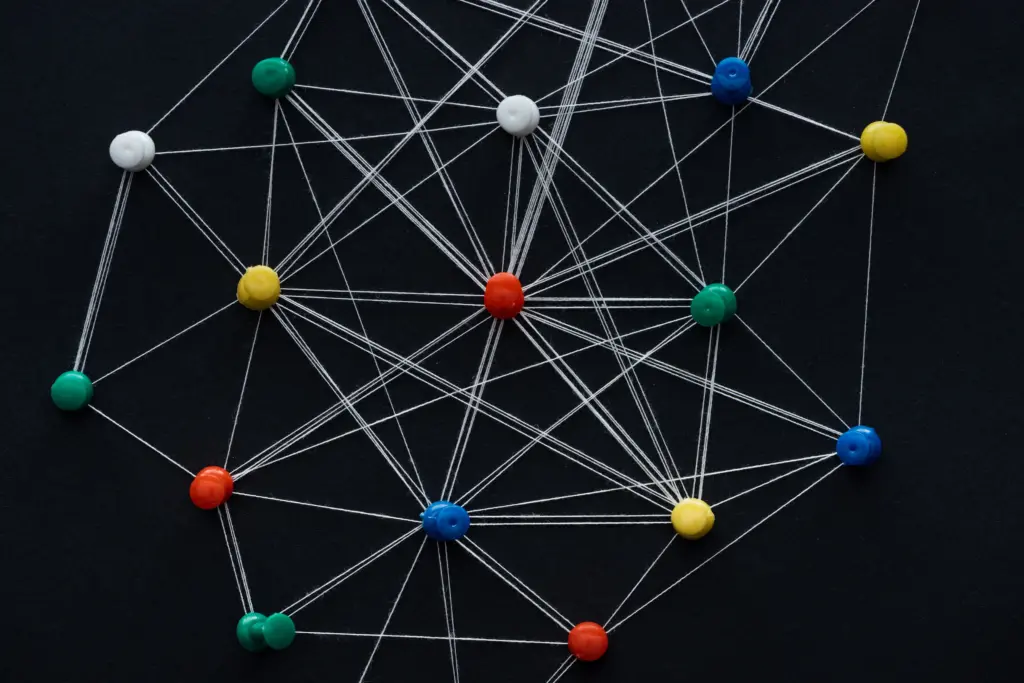
8. How Google's New Algorithms Are Changing Content Marketing Strategy
2025 not only changed the technical principles of ranking, but also forced companies to completely reconsider their approach to content creation.
SEO and content marketing can no longer exist separately—Google only promotes websites where each piece of content solves a specific user problem, demonstrates expertise, and is created with an understanding of search intent.
From Keys to Context
Previously, texts were optimized for a set of keywords. In 2025, Google switched to a semantic model:
The algorithm recognizes context and meaning, analyzes sentence structure, style and tone of communication.
This means that:
- simply "stamping" the keys no longer works;
— An SEO copywriter must write logical, expert and evidence-based texts;
— Relevance is now determined not by words, but by the response to the user's intent.
For example, if a person enters a query How to speed up website loadingGoogle will give priority not to those who list the steps, but to those who offer a specific algorithm, real cases, and speed measurement tools.
Next-Generation Content Strategy
Content marketing in 2025–2026 is built on four pillars:
- Reliability.
Google actively uses data verification methods. Links to official sources (Google Developers, Statista, Ahrefs) improve page rankings. - Depth of analysis.
The algorithm evaluates how well the material covers the topic. Superficial articles fall out of the top rankings even with good UX. - Regular updates.
"Freshness" is no longer a recommendation, but a key factor. Sites that update content at least once every three months receive priority.
Brand authority.
Google creates "knowledge maps" and associates websites with specific topics. If Kelyan Media regularly publishes articles on SEO and marketing, the search engine begins to consider the brand an expert in that niche.
The role of multimedia and visual content
The year 2025 has strengthened the trend towards the visual component.
Google now recognizes images and videos not only by alt tags, but also by meaning.
The Gemini model is able to determine whether an illustration is relevant to the topic of the text and adds value to the user.
To increase your chances of visibility:
- add unique images and infographics,
- use short videos with subtitles,
Write meaningful alt tags ("example of SEO article structure", "visualization of Core Update 2025").
Why Brands Should Combine SEO and AI
Google 2025 is not just an algorithm, but a smart system that learns on its own.
Therefore, the old schemes – “write → optimize → forget” – no longer work.
Now companies must build content ecosystem, where articles, videos, and social media are interconnected and all materials are adapted for AI models.
Tips for Kelyan Media:
— Create a unified content plan that combines SEO topics with AI reviews.
— Add insights into your texts about neural networks, tools, and real-life cases.
Stay tuned for new formats: AI Overviews, Google Discover, Gemini Stories.
Conclusion
Modern SEO is a hybrid of search engine optimization, brand journalism, and analytics.
To remain visible in 2026, brands need to not only write articles but also create expert digital products — guides, knowledge bases, and research that will be cited by both humans and artificial intelligence.
Conclusion
In 2025, Google finally switched from keyword-based search to semantic search.
What matters now is not the volume of links, but the value of the content, the credibility and experience of the author.
To maintain your position:
— publish expert articles;
— update data;
— develop brand authority;
— optimize for AI Overviews.
Those who can combine classic SEO and the new GEO approach will remain at the top even after future updates.


